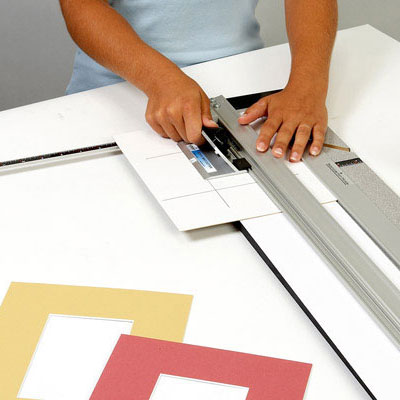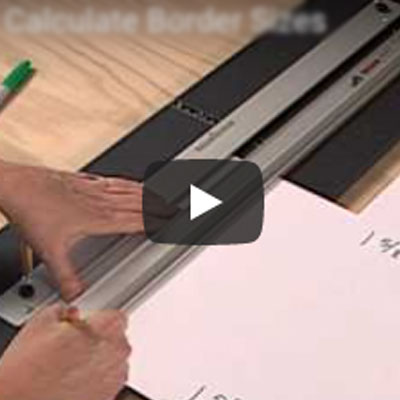Dry mounting involves a tissue impregnated with adhesive placed between the artwork and the mounting board, which is usually foamboard. With the application of heat the adhesive melts, creating a uniform coat of adhesive between the artwork and the mounting board. With the use of a steel platen or vacuum, the artwork is pressed uniformly against the mounting board. The resulting mount is flat, firm and consistent with no sign of buckles or ripples. Dry mounting is such an effective technique that it is a favorite of many professionals, but the high cost of dry-mount presses makes it impractical for most novices.
Do-it-yourself picture framers often fall back on spray mounting as an accessible option. Spray mounting involves coating the back of the artwork with an aerosol adhesive. Performed properly, the work area is covered liberally with newspaper and the artwork is placed face down on it. The adhesive is sprayed from 8 to 12 inches away in a sweeping motion traveling across the plane of the artwork and out onto the surrounding newspaper. The work area should be well ventilated and the user should wear a paper respirator mask. Spray adhesives can be unpleasantly messy and one has to be careful to avoid adhesives that are not repositionable. If it is not the repositionable type, your artwork will stick permanently to the mounting board the moment it contacts the adhesive, and if you don't position the artwork perfectly to begin with, your artwork will be ruined.
Less messy and unforgiving are permanent mounting boards. These four-ply paper boards have the rigidity of illustration board and are coated with an adhesive that only becomes permanent once you burnish it. Peel back the release paper and place the artwork face up on the mounting board. Position the release paper over the artwork and burnish through it, adhering the artwork to the mounting board. Because the unmounted portion of the board is not presentable, it must be covered with a mat, making it impractical for float mounting.












